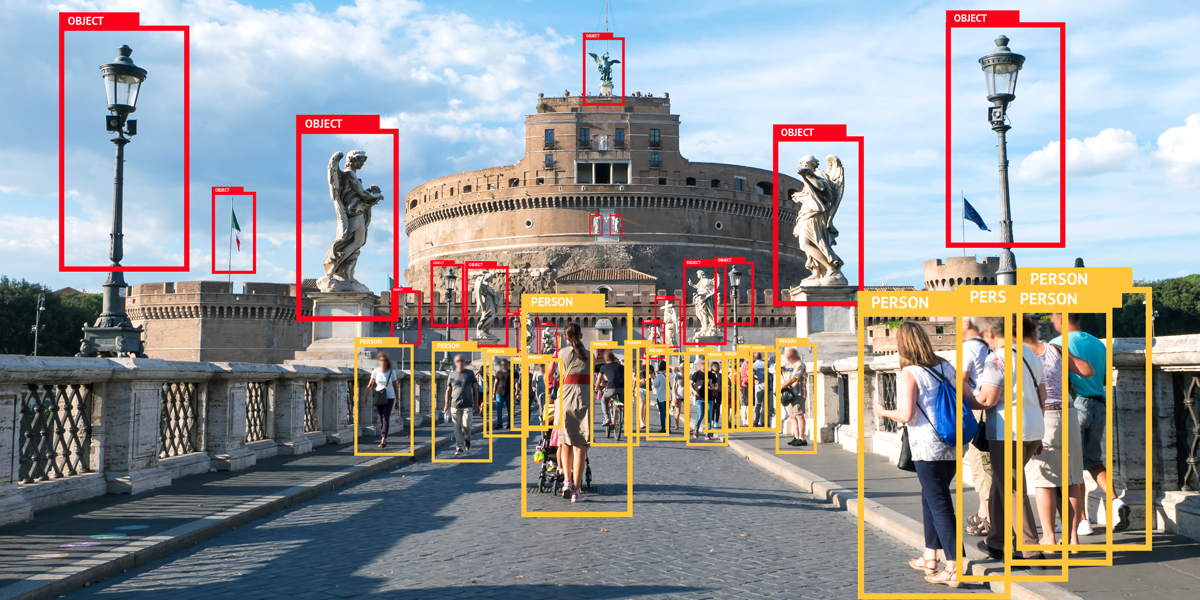Artificial intelligence and data annotation in machine learning have brought about monumental transformations across industries and verticals globally. These industry 4.0 technologies have empowered businesses to accelerate productivity, drive agility and flexibility, and improve customer experience and profitability. Almost 65% of soon-to-adopt machine learning businesses admit that this smart technology helps in decision-making.
At its core, machine learning enables machines or models to learn and emulate complex, and often repetitive tasks. The accuracy of the output completely depends on the quality of the training data fed into these models. For certain applications, here’s where data annotation proves instrumental. Data annotation is the process of labeling images, text, audio, or video, to make it recognizable to machines through computer vision or natural language processing.
Related reading: How text annotation is enabling businesses take advantage of AI
Here’s how various types of data annotations and their applications are helping improve machine learning capabilities in your realm of action:
Types Of Data Annotations
Lines and splines
As the name suggests, lines and splines are a type of annotation that detects straight and curved lines. These are generally used to recognize boundaries and detect lanes for autonomous vehicles. They can also be applied to train storehouse robots to accurately arrange pallets in a row, or items on an assembly line.
Source: Medium
Bounding boxes
A popular data annotation type, this uses rectangular boxes to help recognize an object’s location. It employs both the X and Y-axis present in a rectangular box to determine its position accurately. Bounding boxes have a gamut of applications – from detecting different vehicle types in autonomous driving, to deciphering different products on a store shelf to keep track of existing stock and more.

3D Cuboids
This data annotation type resembles bounding boxes but offers in-depth object information. In other words, 3D cuboids have an ML algorithm that offers a 3D representation of the targeted image. Cuboid annotation help detect objects like furniture with accurate pixel dimensions and precise attributes helping you train computer vision models.

Source: Cogito
Semantic segmentation
This pixel-wise annotation is usually preferred in an environmental context where the surroundings play an integral role. Each pixel in the image holds a specific semantic sense. This segmentation is vital in training computer vision cameras in dentistry where edges are capturing edges accurately is critical.
Source: Tagxdata
Landmark And Keypoint
These annotations recognize shapes and objects with their rare capability to create dots. They are widely used and lucrative for features such as facial recognition and fingerprint scanners.
Source: Medium
Polygonal segmentation
When objects don’t need to be demarcated to the pixel, yet they can’t even be as broadly mapped as a bounding box, that’s where polygons come in. They help capture irregularly shaped objects and allow altering orientation as needed to best depict an object’s real geometry. These are generally used to capture objects via aerial views, especially in agritech.
Source: Keymakr
Entity annotation
This type of annotation adds relevant information to unstructured sentences thereby making it convenient for the machine to interpret the data. It tags multiple entities in a chunk of text to a pre-specified list of entities thereby enabling accurate categorization of the data. Applications of this text annotation type include everything from labeling documents, invoice receipts, reports, to prescriptions, product descriptions, and more.
Source: Twitter
Audio annotation
This is the process of time-stamping and transcribing speech data, which involves the transcription of the speaker’s information and pronunciation as well as the identification of dialects, languages, and speakers’ demographics. Use cases in audio annotation are varied and therefore need very specific approaches: like tagging strong voice tones in a customer support conversation or non-speech tones like glass breaking for emergency and security hotline applications.
Advantages of data annotation
Better quality of output: With accurate training data fed into your model, annotations will get better with time. Diverse annotated training datasets will also enable your algorithm to pick on more characteristics that will eventually make it rich, more versatile, and smarter. This in turn will mean better ROI, efficiency, and accuracy from your model.
Enhanced user experience: Machine Learning-powered models tend to offer a better user experience. Virtual assistants and AI-based chatbots are a few key applications that learn from human behavior to improve your end-user experience.
Informed decision-making: Data annotation can help you make better decisions. Identifying patterns and trends is easier with labeled or categorized data. These insights facilitate smarter decisions about your products, services, and operations.
As data continues to abound and machine learning advances with new applications emerging across businesses, the facets of data annotation will get more complex and intricate. Industry frontrunners are already leveraging these technologies to gain a competitive market edge. Knowing which applications pose an opportunity to maximize your machine learning ROI is therefore crucial. Netscribes have many interesting data annotation use cases that could optimize your machine learning business performance, save costs and boost growth. To know more contact us today.






